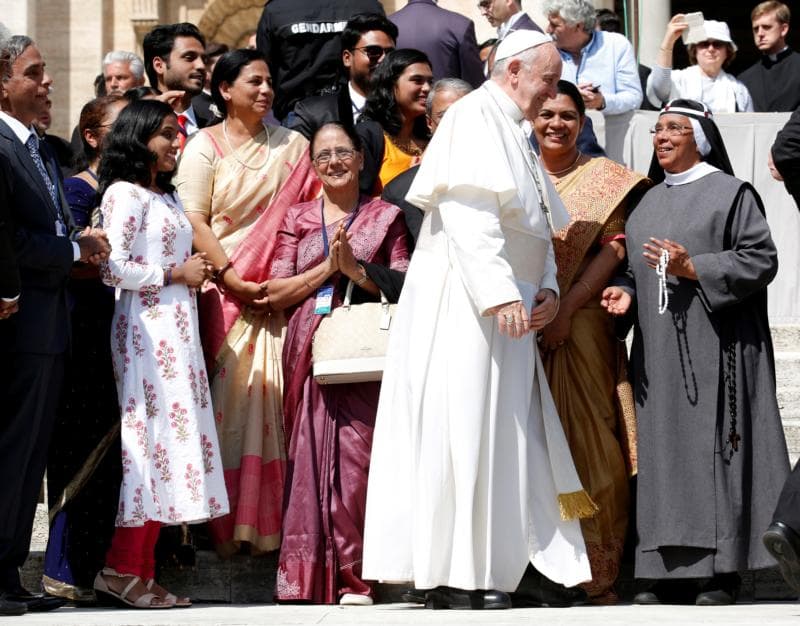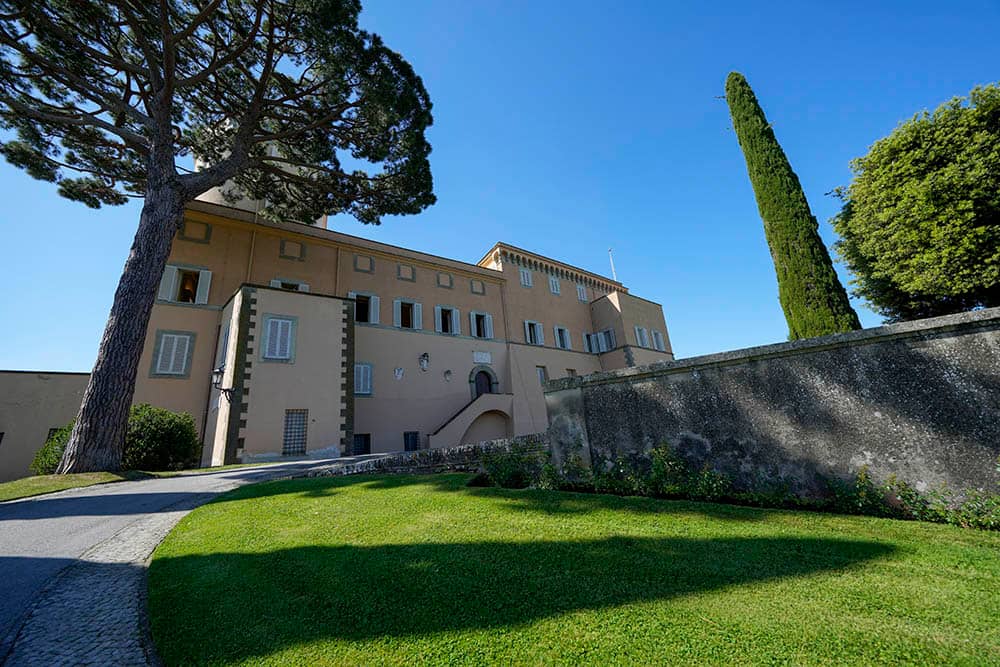There are usually two reasons for establishing a study commission, no matter what the organization: For it to come to a predetermined conclusion, or to bury an issue out of sight until hopefully people forget about it.
When Pope Francis established such a commission to study the issue of women deacons in 2016, no one was sure what model he was going to follow.
In 2013, immediately after his election, veteran Vatican journalist Andrea Gagliarducci quoted one insider who said Francis “would create a commission to decide how to get from Washington to New York. Everybody knows that the best thing is to take a high-speed train heading north, and everybody knows that a commission would reach this conclusion. The pope, however, wants to count on a strong backing for his views.”
Francis’s detractors even accused him of using the Synod of Bishops in such a way to push through changes to the Church’s discipline on communion for the divorced and remarried.
Which brings us to women deacons.
Currently, canon 1024 of the Code of Canon Law says that only a baptized male can receive the sacrament of ordination, so the law does not presently permit female deacons. The question, however, especially in light of the Biblical and historical evidence for women being referred to as “deaconesses” in early Christianity, is whether that law could be changed, or if it is a question of doctrine.
When St. John Paul II issued the document Ordinatio Sacerdotalis in 1994, he said “the Church has no authority whatsoever to confer priestly ordination on women,” but did not address the question of deacons.
A high-level Vatican panel took up the issue in 2002, when the International Theological Commission, an advisory body to the Congregation for the Doctrine of the Faith, produced a document on the diaconate which considered whether women might be eligible for the role. Although not conclusive, the panel was generally negative towards the possibility.
If Francis wasn’t serious about considering allowing for the ordination of women to the diaconate, he could have just pointed to the 2002 document, and said there was no reason to repeat the exercise. But he didn’t.
The appointment to the new commission of theologian Phyllis Zagano, a longtime proponent of ordaining women to the diaconate, also hinted at the possibility of a change of position by the Vatican.
However, on his flight home from North Macedonia at the beginning of the week, Francis confirmed the work of the commission was inconclusive, and “now each of the members is studying [the issue] according to his or her theory.”
(In other words, a dozen scholars who have been researching and writing on the issue of women deacons for years will continue to do as they have always done, but will now be able to mention the fact they were members of the pope’s commission on women deacons in their book blurbs.)
Francis didn’t stop there. He mentioned several issues surrounding the role and function of deaconesses in the early Church, and mostly kept to the talking points of the theologians against ordaining women as deacons: Mentioning the formula for ordination may have been different; that it might not have had a sacramental character; that they helped in issues where female members of the community were involved such as adult baptisms and matrimonial issues.
He even brought up the tangential point that pagan priestesses were common in the ancient world, and Christianity still decided against women priests.
Despite the pontiff’s claim that the work of his commission “can be an impetus to go ahead and study and give a definitive answer, yes or no,” his response on the papal flight can’t do anything but deflate the hopes of those wanting to see women ordained to the diaconate.
Of course, this raises the question: Why establish the commission in the first place?
Francis actually answered the question himself three years ago, even joking about it: “There was a President of Argentina who said — and advised other presidents of other countries — When you don’t want something to be resolved, create a commission!”
The pontiff had been asked on the papal flight from Armenia in July 2016 about the promise to create the commission he made while meeting members of the International Union of Superiors General a few weeks earlier.
Francis told the reporters he was “surprised” the promise had been publicized in the manner it was, and “a little bit angry” with how the media had reported the issue.
But a commission was made, and much was made of how voices in favor of women’s diaconal ordination were given a seat. Less attention was given to the fact that several scholars opposed to the idea were also placed on the commission.
Anyone who had reported on this issue in the past would know that such a commission would never reach a consensus – in fact, if that were the aim, scholars who had not been vocal advocates for either side would have been better picks.
But now, to paraphrase the unnamed Argentine president, nothing is resolved, and the pope can only shrug and speak about how the commission could go no further.
This will be good to keep in mind this October, when the Vatican hosts a Synod on the Amazon region, where participants have already said they will discuss the possibility of married priests.
It’s just the sort of idea a pope might want a panel of experts to explore.
















